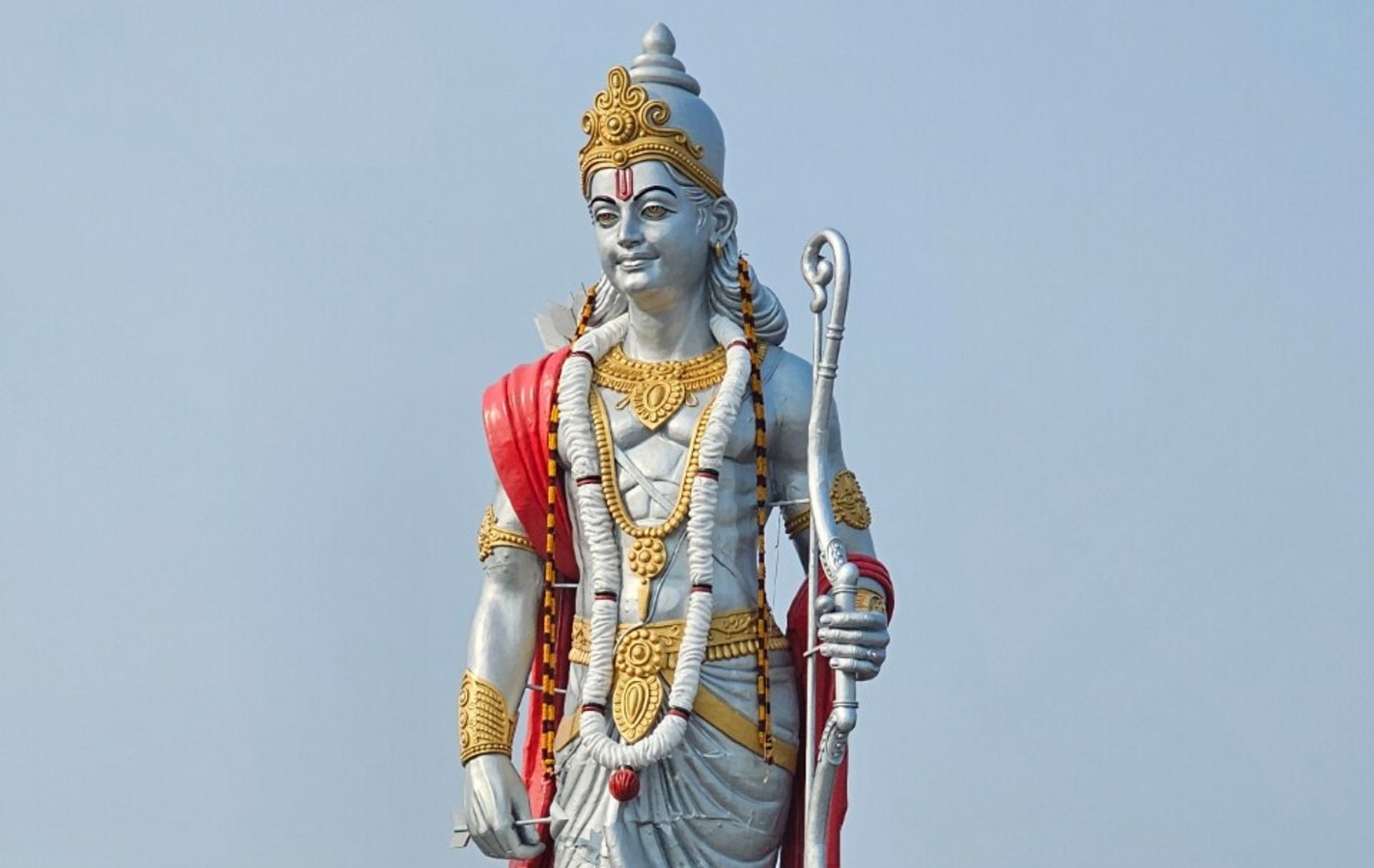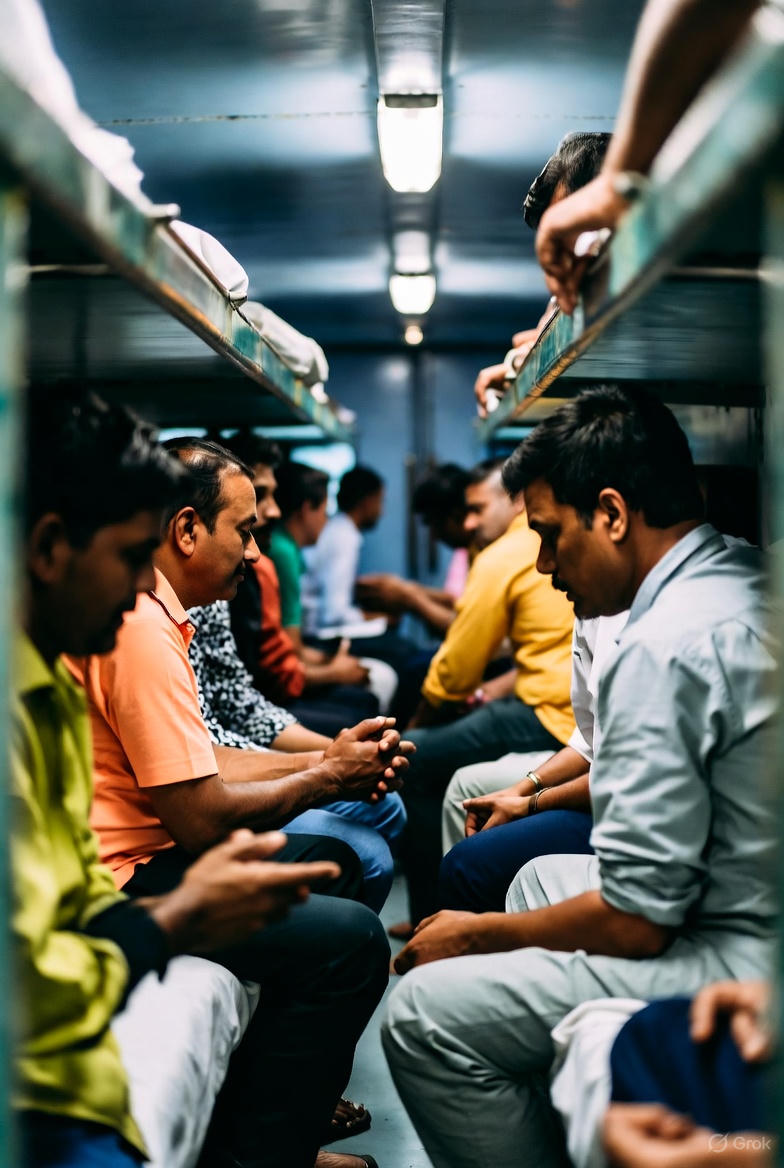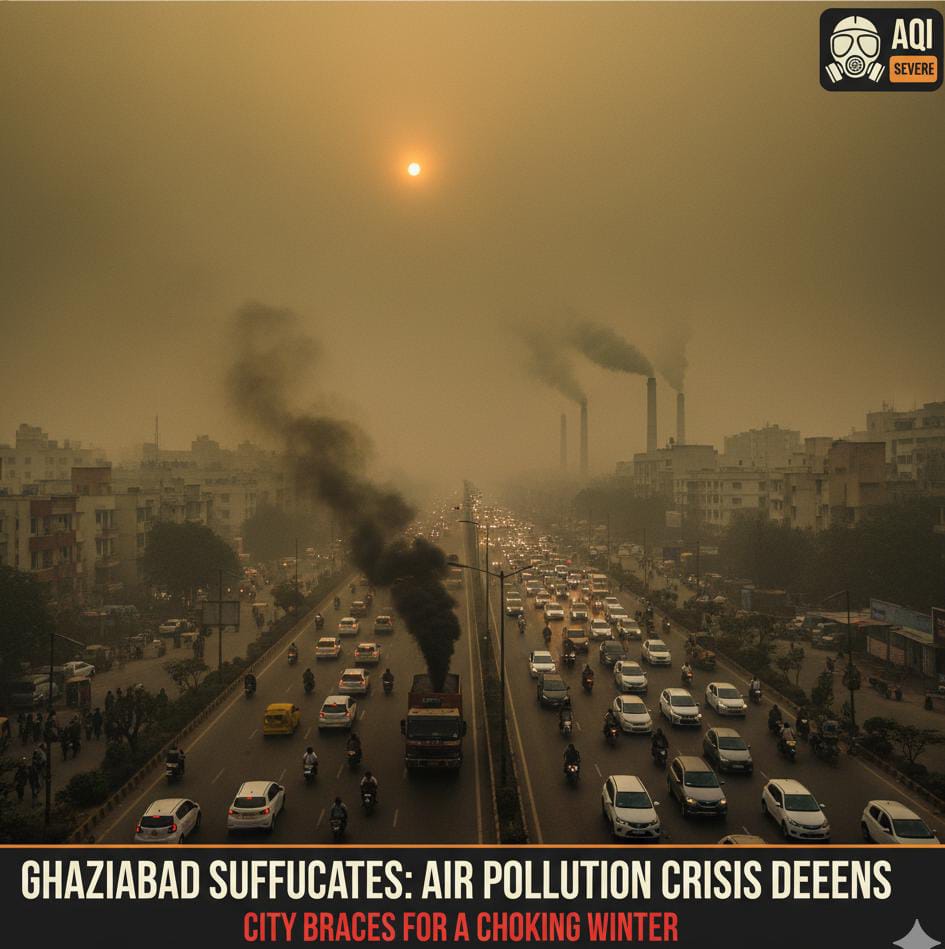.jpeg)
To speak of Bihar is to speak of contradictions — a land that oscillates between memory and aspiration, nostalgia and necessity. It is a state whose story refuses to be reduced to clichés of crime, poverty, or migration. Beneath the headlines lies a far more complex narrative of endurance, reinvention, and quiet transformation.
For decades, Bihar has been the reluctant metaphor for India’s governance paradox — politically vibrant but economically stunted, culturally rich but institutionally fragile. The 1990s cast a long shadow over the state’s image. It was a time when caste-driven politics became the central idiom of identity, when social justice replaced development as the political currency. Yet, that same decade planted the seeds of empowerment. For the first time, those long excluded from power found their voice. Bihar, in a way, democratized its democracy.
However, what empowerment began, governance failed to complete. Roads crumbled, industries fled, and migration became a rite of passage. The exodus of Bihari labourers became one of the largest in modern India’s history — a moving population of invisible citizens who built the nation’s cities but could not stay home. Migration, once viewed as an escape from poverty, soon turned into a generational pattern. Even today, the best minds from Bihar continue to power Delhi’s bureaucracy, Mumbai’s offices, and Bengaluru’s startups, while their villages struggle to retain even a fraction of their potential.
But to view Bihar only through the prism of failure would be lazy journalism. In the past two decades, the state has seen a slow yet significant shift. Roads have been rebuilt, electricity has reached the farthest corners, and education, though uneven, has gained renewed attention. Bihar’s economy, driven largely by construction, agriculture, and remittances, has managed to grow faster than the national average at several points. The state’s Gross State Domestic Product (GSDP) growth figures often surprise those who still equate Bihar with backwardness.
More importantly, there’s been a silent change in aspiration. The young in Bihar, both men and women, no longer see migration as destiny. They see it as a stepping stone. Coaching institutes in Patna, Gaya, and Darbhanga are filled with first-generation learners whose parents once worked as labourers in other states. They carry within them the stubborn faith that education remains the most reliable passport out of deprivation.
Yet, structural challenges remain immense. Bihar’s per capita income continues to hover around one-third of the national average. Industrial investment remains abysmally low, and administrative lethargy often erases the gains made on paper. The state’s dependence on central funds underscores its fragile fiscal autonomy. But what the numbers cannot fully capture is the changing social texture — a shift from fatalism to participation.
Today, Bihar’s political narrative stands at an interesting intersection. The old caste loyalties are weakening, slowly but perceptibly. Development, governance, and jobs are beginning to find resonance even in the rural heartland. Social mobility is reshaping old hierarchies. This new Bihar does not fit neatly into the binaries of “good governance” or “jungle raj.” It is experimenting, negotiating, and learning.
The real strength of Bihar lies in its people’s relationship with adversity. Where others see failure, Biharis often find endurance. When floods ravage the Kosi belt or drought grips Magadh, life does not pause — it adapts. When jobs are scarce, innovation fills the void. Small entrepreneurs, tuition centres, and digital ventures are emerging in unexpected places. From YouTube educators in Ara to rural fintech agents in Purnea, the spirit of self-help is rewriting the state’s grassroots economy.
Culturally, too, Bihar remains India’s unacknowledged heartbeat. Its literary voices from Phanishwar Nath Renu to contemporary poets and journalists — continue to shape the national conversation. The Bhojpuri film industry, often dismissed as crude, represents a unique subaltern cinema born of migration and memory. The state’s festivals, folklore, and linguistic richness still form one of India’s most enduring civilizational continuities.
What Bihar needs now is not sympathy but strategy. Its future depends on how effectively it can combine its demographic dividend with digital opportunity. Rural broadband connectivity, quality schools, and skill hubs can do for Bihar what factories once promised but never delivered. The migration story can change only when the return journey becomes viable. And also, when the migrant finds not nostalgia but opportunity at home.
The Bihar of the next decade will not be written in slogans but in small, measurable acts — a girl cycling to school in Sitamarhi, a start-up launching from a Patna hostel, a farmer in Gopalganj using a mobile app for crop insurance. These fragments of hope could shape up the story of modern Bihar — from neglect to resilience.


.jpeg)





.jpeg)



.jpeg)



.jpeg)
.jpeg)


